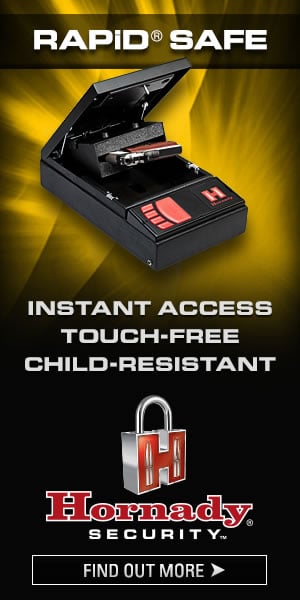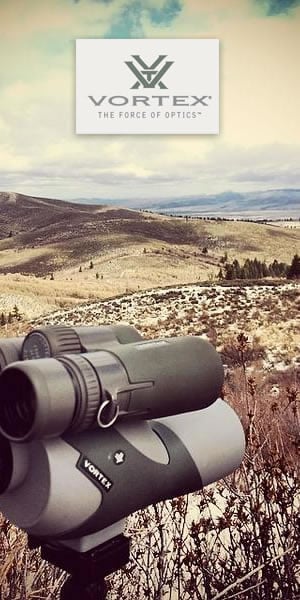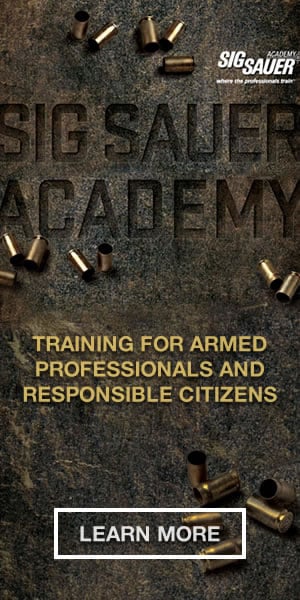I've long been a fan of the FN Five-seveN pistol and the 5.7x28mm cartridge it is chambered for. The 5.7x28mm cartridge, even in its civilian sporting guise loaded with a 40 grain Hornady V-Max bullet. While the performance of the V-Max loading is not as startling as that of the original LE/Military Restricted SS190 Armor Piercing load, it did, in my ballistic testing using the Ballistic Test Tube, perform similarly to a 127 grain Winchester Ranger +P 9mm bullet. I carried the 40 grain V-Max Sporting load in a Five-seveN pistol during the last two years that I was with the Union County Sheriff's Office SRT Team.
The Five-seveN is a great performing 100-yard handgun. It is lightweight, 21 ounces, and has a 20-shot magazine capacity. But there are three main issues with the Five-seveN that might send potential purchasers unfamiliar with the design looking elsewhere for a defensive handgun. Here they are:
- Size: The Five-seveN is a large pistol with a large grip. It is difficult for those with smaller hands to handle, even though recoil is negligible.
- Safety placement: The Five-seveN's ambidextrous manual safety is placed in an unusual location for American shooters used to 1911-style safeties. It is on the frame, directly over the trigger, meaning that it is best operated with the tip of the index finger. Reliable manipulation can be accomplished with practice, but some people don't care for it.
- Price: MSRP on the Five-seveN is $1435. The reason that the price is so high is because it is produced in Belgium, and subject to additional taxes and import fees. It is a remarkable pistol but pricey.
With the introduction of the Ruger 57 pistol, a 5.7x28 pistol is now easier to use and afford. Here is how Ruger has produced a 5.7x28 pistol "for the masses".
Solution 1: Weighing in at 24.5 ounces due to its all-steel slide assembly, the Ruger 57's glass filled nylon grip is smaller and more easily grasped by those with smaller hands. The smaller size is due to Ruger's use of all steel 20 shot magazines, rather than the bulkier polymer magazines used by FN. The difference is pronounced.
Solution 2: Ruger not only used a conventional 1911 style safety on the 57, they made it extended AND ambidextrous. This setup will feel much more natural to the American shooter. The manual safeties are combined with Ruger's Secure Action Fire Control system that utilizes an automatic trigger lever safety. The manual safeties do not need to be engaged for safe carry and operation due to the trigger safety lever.
Solution 3: Because it is entirely made in the USA, the Ruger 57 has an MSRP half that of the Five-seveN—$799! Of course, I am sure that Ruger's manufacturing methods also had something to do with the price savings.
As if these improvements weren't enough, the Ruger 57 features a fiber optic front sight and plain black fully adjustable rear. Fully adjustable sights are a must for a pistol that has long-range handgunning potential. There is a separate optics adapter plate available for those who might want to further enhance their precision shooting potential. Barrel length is 4.94 inches, keeping it somewhat in the size range of a full size 1911.
I test fired the Ruger 57 at the Alum Creek range. All testing was done using two 5.7x28 loads that the rental counter had on hand—American Eagle 40 grain FMJ ammo with a muzzle velocity of 1655 FPS and FN's SS197SR 40 grain V-Max Sporting load—which is rated a 2034 FPS muzzle velocity.
Trigger Time
Ruger 57 or FN Five-seveN magazines are loaded like AR-15 magazines, straight down from the top. Both magazines are very easy to load to full capacity. I started my shooting test with the slide locked back. The manual slide release was easily reached and the rounds chambered smoothly. The 57 grip has excellent ergonomics.
The Ruger 57's trigger is very good, aiding in the accuracy potential. The American Eagle load was a bit blasty, but controllable enough. At 21 feet, I was able to put three shots into a ½ inch cluster using it. I switched to the FN197SR load for the rest of the testing. I noticed less recoil and blast from load (likely due to different powder types) and was able to drop eight shots into a 1.5 inch group at 35 feet. I ran the target down to 65 feet, and was rewarded with a seven shot group that measured 4.5 inches. Cranking off rounds a bit faster at 15 feet revealed the Ruger 57's close in defensive potential. The only handgun with as much controllability would be a standard .22 LR target pistol.
The Ruger 57 is simply an amazing pistol, although I would prefer a white dot or Tritium front sight. It will make a fine home defense, survival or sporting gun. It's also a potentially ideal pistol for school resource or church security officers. Who knows, a Ruger 57 might find its way into my duty holster in the near future. Watch for more 5.7x28 ammo choices and availability in the future.


